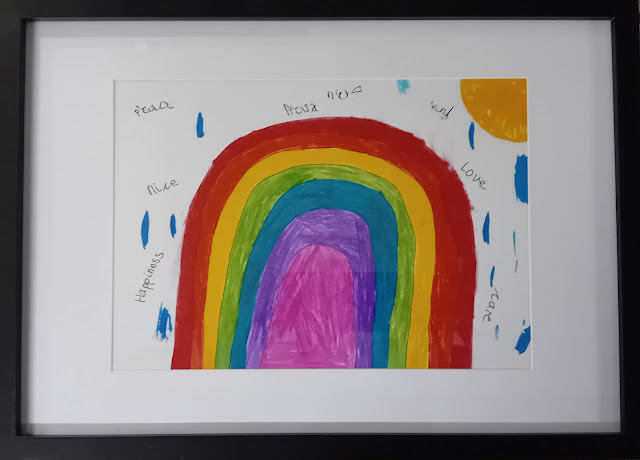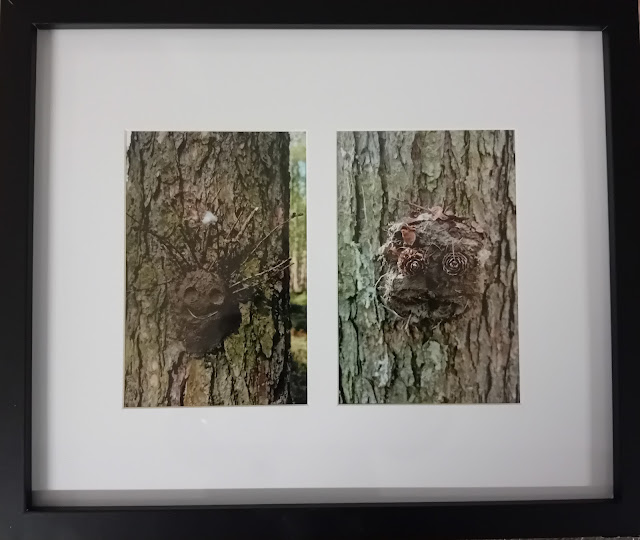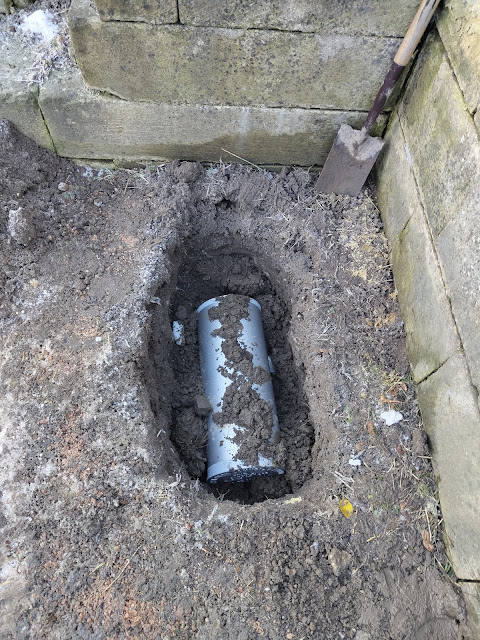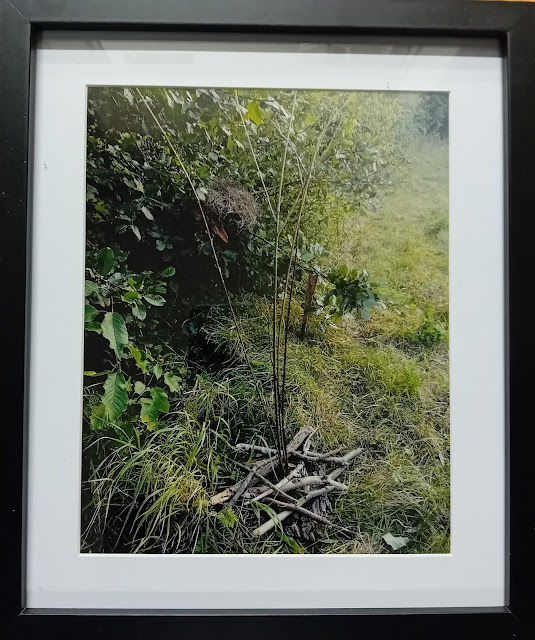By Wakefield Museums and Castles
Introduction
Delving into the revival of historical pottery, specifically Cistercian ware, uncovers the intersections of local culture, history, and craftsmanship. By shedding light on the endeavors of ceramicist Naomi Aderonke, this exploration will also hint at the untapped cultural wealth of regions like Wakefield—an appealing element for tourists and those interested in unique travel experiences.
The Historical Significance of Cistercian Ware
Cistercian ware has roots that extend back to medieval Wakefield, where it was initially produced in the pot ovens of Wrenthorpe. The pottery was crafted primarily for Cistercian monks, giving it both a practical and an aesthetic purpose. Though the abbeys ceased operation in 1540, the craftsmanship persisted, evolving over centuries. By the 1600s, artisans began embellishing these pots with colored slips, showcasing vibrant artistry alongside traditional utility.
The Artist’s Connection
Naomi Aderonke finds herself bound to this legacy, residing close to the original kilns. Her passion for ceramics drives her quest to reconstruct historical techniques and styles, blending history with art. Through her research, she strives to create pieces that resonate with local heritage, making them relevant to contemporary audiences.

A Search for Authenticity
In her pursuit, Aderonke turned to various resources, including archaeology data and historic records, to gain a comprehensive understanding of Cistercian ware. Her investigations highlight the importance of clay sources and the shaping of local identity through ceramics.

The original clay sources give context to the historical craftsmanship and connect tourists to local stories.
Challenges Along the Way
The journey hasn’t been devoid of obstacles. Aderonke sought to mimic the potters’ original processes from the 1500s. While she found the site for the pot ovens, reestablishing a working kiln is a task hampered by financial constraints and land availability. Another hurdle was sourcing local clay, leading to extensive outreach efforts across parks, historical sites, and land previously used for pottery. Unfortunately, most clay deposits transformed into coal mines or protected lands, which, while beneficial for wildlife, hindered her project.

Despite setbacks, her resolve to respect local ecology and history remained paramount. Aderonke’s decision to prioritize preservation over pottery underscores the broader themes of sustainability in the arts.
Project Development and Practical Application
The quest for knowledge led Aderonke to Wakefield Museum, where she had the rare opportunity to handle original pieces of Cistercian ware. This experience fueled her practical development, encouraging her to create experimental pieces that reflect historical authenticity.
Handling original pieces instills a deeper appreciation for craftsmanship and stimulates creativity.
Trial and Error: The Process of Creation
Aderonke’s journey involved numerous experiments, particularly in the production of slip glazes. Noteworthy is her exploration of red iron oxide, which informed the rich hues seen in historical pottery. Through tireless experimentation with color and texture, she developed a series of test pieces that represented both traditional and modern interpretations.
Shaping Unique Forms
Using a miniature wheel, Aderonke crafted small versions of historical designs, a practice that minimized waste while allowing for creative variation. This miniature approach holds significance as local enthusiasts often prefer collecting smaller artifacts that embody cultural history in a more manageable format.
Miniature test pots flourish as a collectible norm, blending artistry with practicality.
Engaging the Community: Workshops and Education
Aderonke plans to extend her artistry through community workshops focusing on the creation of tygs, historically significant vessels with multiple handles designed for sharing drinks. This educational aspect highlights the importance of community engagement in preserving cultural practices.
As participants learn to craft their own tygs, they also gain an appreciation for local pottery history, fostering a deeper connection to Wakefield’s story. Museum visitors will also note her vibrant creations adorned with designs inspired by the region, reinforcing the locality’s cultural identity.
Conclusion
Naomi Aderonke’s efforts exemplify a remarkable fusion of heritage and innovation, breathing new life into Cistercian ware. Her journey not only revives a historical craft but creates a connection for visitors, illustrating how places can deeply influence artistry. In a travel context, potential tourists can enjoy uncovering these rich histories while benefiting from personalized transport options that cater to their interests. Through platforms like GetTransfer.com, travelers can easily book their rides to cultural hotspots, ensuring they don’t miss out on these unique experiences.
To make the most informed decision on your journey, consider the convenience and affordability of GetTransfer, which connects you to a diverse range of vehicles and services tailored to your needs. Don’t miss out on exploring local stories—GetTransfer.com makes booking your ride a breeze!


Comments